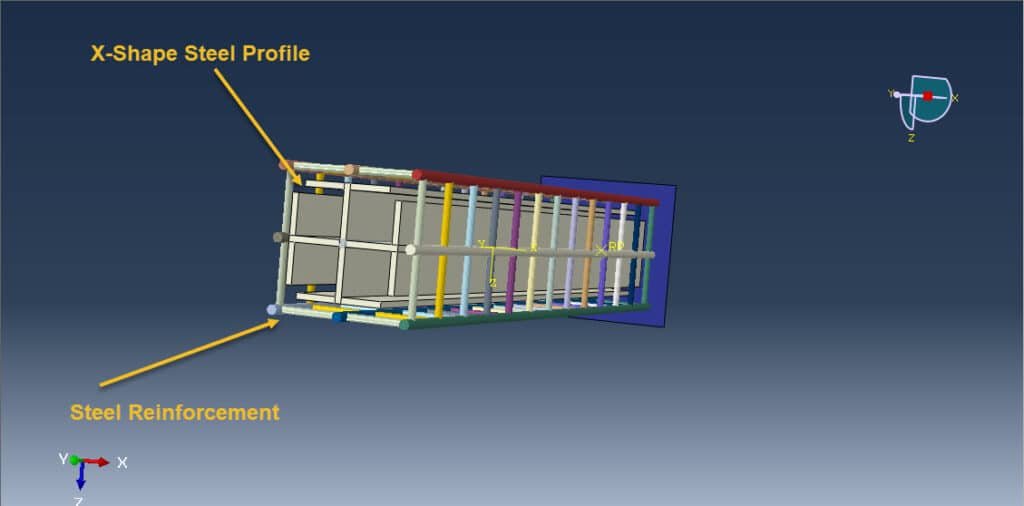
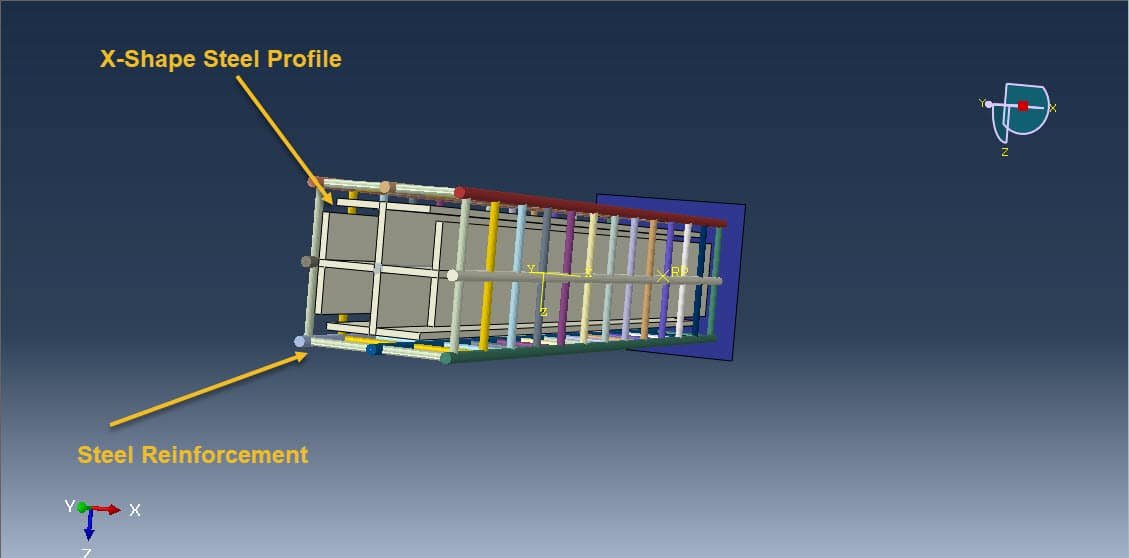

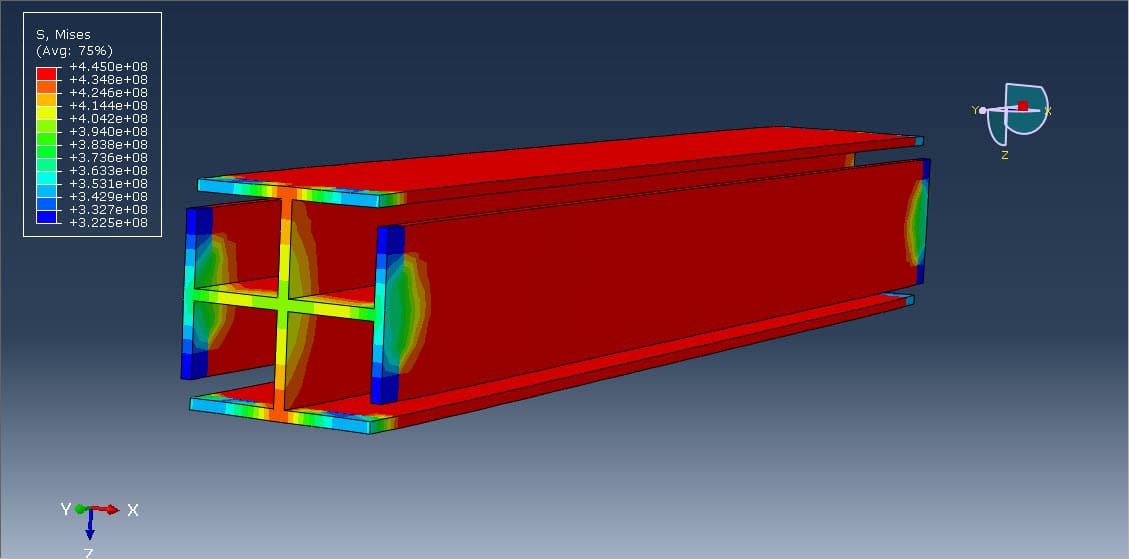
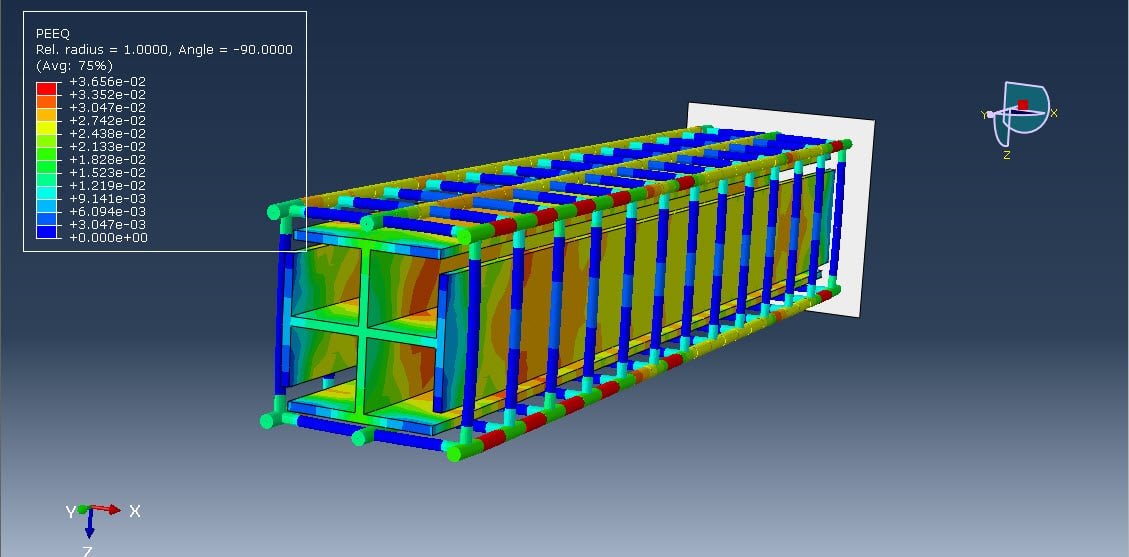
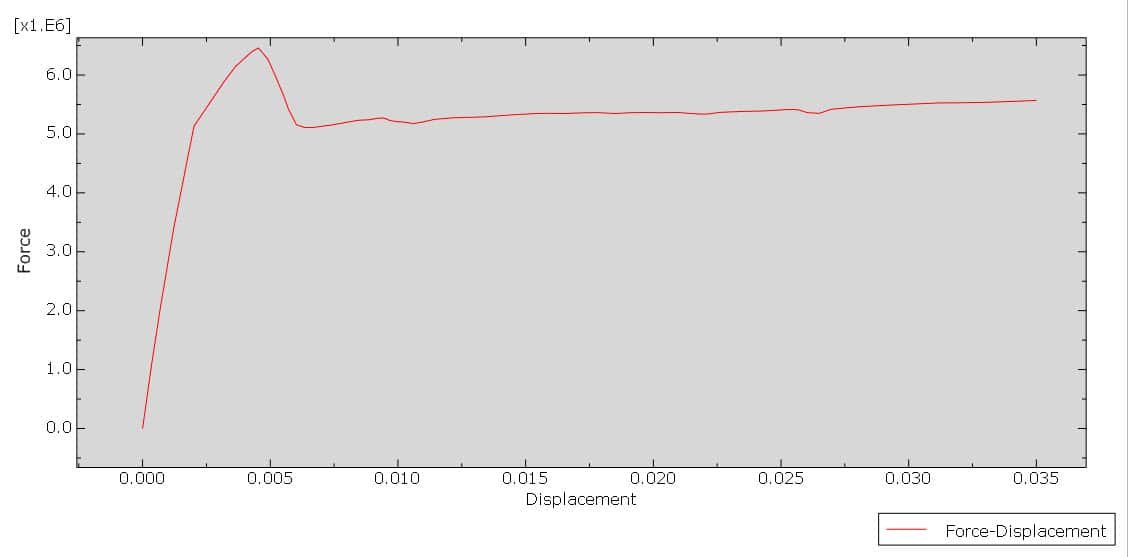
In this tutorial, the simulation of axial compression test of a composite concrete column using X X-shaped steel section is performed. The Concrete Damaged Plasticity model is selected to consider the tension and compression behavior of the concrete column. The model is a continuum, plasticity-based, damage model for concrete. It assumes that the two main failure mechanisms are tensile cracking and compressive crushing of the concrete material. To model steel members’ behavior, the elastic-plastic model is considered. The outcomes of this study aim to contribute to the development of innovative composite column systems with enhanced structural efficiency and economic viability. This research also provides a foundation for the potential adoption of “X”-shaped steel sections in seismic and high-load applications, where optimized strength-to-weight ratios and ductile behavior are critical.
The increasing demand for high-performance structural elements in modern construction has driven the advancement of composite column systems that combine the beneficial properties of steel and concrete. Composite columns, which utilize both materials to resist axial and bending loads, offer improved strength, stiffness, and ductility compared to traditional single-material columns. Among various configurations, the use of innovative steel cross-sectional shapes is a key strategy to enhance load-carrying capacity and material efficiency.
This study focuses on the compression analysis of a composite column incorporating an “X”-shaped steel section embedded within concrete. The “X”-shape formed typically by welding or joining steel plates or sections introduces a complex but potentially efficient geometry for load distribution and confinement. This design aims to leverage the high compressive strength of concrete, combined with the high tensile strength and ductility of steel, resulting in a structural element with superior axial performance and buckling resistance.
The analysis examines how the “X”-shaped steel core interacts with the surrounding concrete under compressive loads, considering key factors such as material properties, geometric configuration, interface behavior, and confinement effects. Analytical, numerical, and possibly experimental methods may be employed to investigate the axial load capacity, stress distribution, failure modes, and overall structural behavior.
The findings from this research contribute to the optimization of composite column design, providing insights into how unconventional steel geometries, such as the “X” shape, can enhance performance and sustainability in high-rise buildings, bridges, and other critical infrastructure.
This example is close to the paper here: Analysis of composite concrete steel column using “X” shape steel section

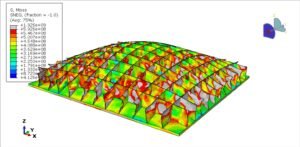
Abaqus
€68,00 €34,00

Abaqus
€77,00 €39,00
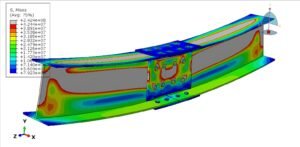
Abaqus
€79,00 €39,00

Abaqus
€75,00 €37,00

Abaqus
€76,00 €38,00
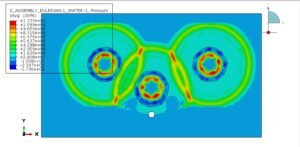
Abaqus
€79,00 €38,00
See more

Want to receive push notifications for all major on-site activities?